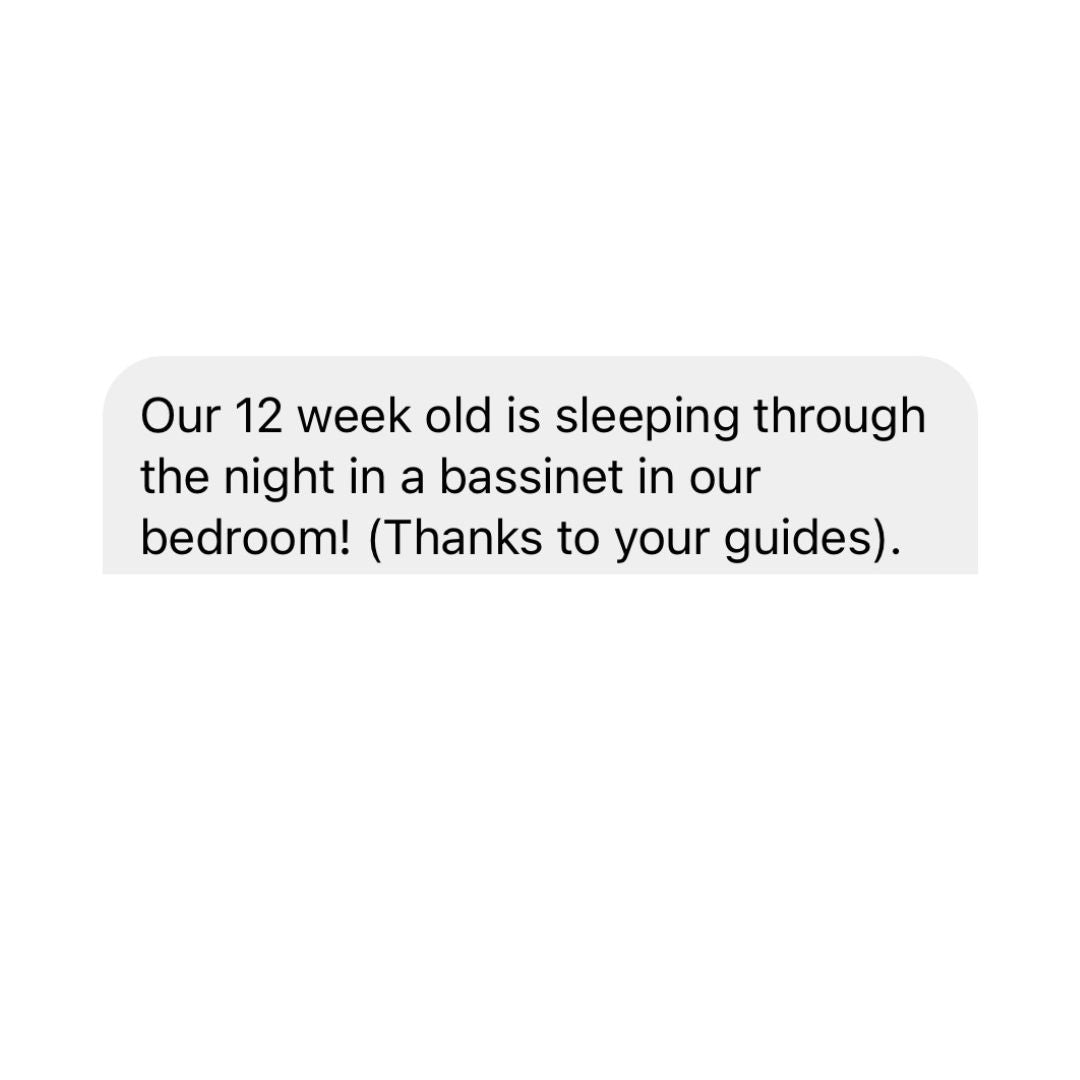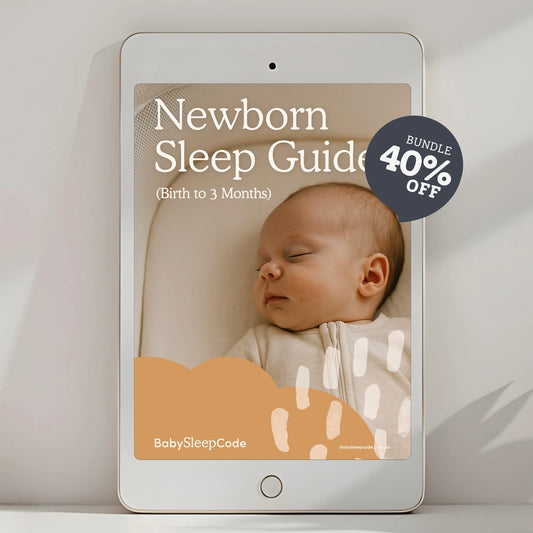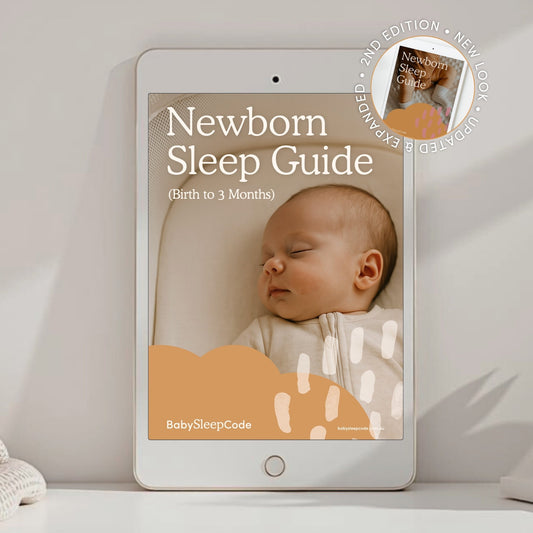What is a dream feed and why introduce one?
A dream feed is your secret weapon to reclaim more sleep. It's a milk feed offered to your baby before you retire for the night. Young babies typically will only do one long stretch of sleep between feeds overnight, so it can be helpful to encourage their longest stretch of sleep to happen when you're also sleeping.
Say you currently head to bed around 10pm and you're finding that your baby tends to wake within an hour or two of you being asleep, then introducing a dream feed can be a good idea to allow you to get a longer stretch of unbroken sleep for yourself.
If you're a breastfeeding mum and your baby does take a bottle you can also opt to go to bed earlier pumping before sleep, and get your partner or another caregiver to give your baby their late night dream feed using a bottle of expressed breast milk.
In short, dream feeds work well if you prefer heading to bed a few hours after your baby has fallen asleep or if someone else can manage the dream feed. But, if you prefer to go to bed early, there's no need for a dream feed; just let your baby wake naturally for their first feed.
What time do you offer a dream feed?
Offer the dream feed around 4 hours after your baby's usual bedtime. You don't want to offer it too close to their bedtime feed because they're less likely to be hungry enough to take a substantial feed, increasing the chance that they'll wake shortly after for another feeding.
What is the best age to introduce a dream feed?
In the early weeks, babies have small stomachs and will feed frequently around the clock. Once your baby shows signs of being able to sleep for longer stretches without a feed, usually by around 6 to 8 weeks, then you can consider introducing a dream feed.
How to introduce a dream feed:
Establish a bedtime routine, aiming for bedtime between 6:30 and 7:00 pm. Around 10:30 p.m. to 11 p.m., gently pick up your baby from their cot, leaving their swaddle or sleeping bag on and hopefully keeping them asleep. Whether at your breast or with a bottle, encourage feeding by first placing the nipple on their cheek or upper lip to trigger their sucking reflex. If needed, gently rouse them and offer again.
The goal is to keep them asleep or at least sleepy, making it easier for you to transfer them back to their cot after the feed without them needing a lot of assistance to get back to sleep. Minimize stimulation during the feed—avoid turning on lights, or changing their nappy unless totally necessary. After a full feed, place your baby back in their cot and head back to bed yourself.
Do you burp your baby after a dream feed?
If you usually burp your baby after awake feeds, it's generally a good idea to do the same after a dream feed. Although meant to be a sleepy feed, some babies may swallow air during the process.
Not all babies require burping after every feeding, as some won't take in too much air during a feed - you'll know what works for your baby best. After the dream feed, attempt to burp them while they're still drowsy to prevent fully waking them. Hold them straight up to help shift air, using gentle patting or rubbing on their back. If they don't burp after a few minutes, it's generally okay to lay them back down to sleep.
Can you dream feed a bottle-fed baby?
Yes, the process is the same as above. Always hold your baby in your arms for the dream feed, as it's not safe to feed them lying down in their crib, even when awake - as milk can enter the eustachian tube, which increases the risk for an ear infection.
Do dream feeds really work?
Absolutely! A successful dream feed results in your baby sleeping for at least another 4-hour stretch or ideally through until morning. However, for some babies, a dream feed might disrupt sleep. If your baby wakes shortly after the feed or experiences frequent night wakes after the feed, consider dropping the dream feed.
If your baby wakes more than twice a night for a feed, even without the dream feed, there may be other factors affecting their sleep. Check out our age-appropriate sleep programs for help with night wakes.
When is it best to stop offering a dream feed?
By around 7 months, and once well-established on solids, most babies are ready to drop all night feeds and sleep close to 12 hours straight. Continuing to offer a dream feed at this stage may disrupt sleep quality.
Plus, a baby's circadian feeding rhythm becomes well-established here, and feeding at the same time every night can create a habitual wake. Even if your baby isn't ready to drop all night feeds, it's still advisable to stop offering a dream feed by 7 months and just let them wake naturally when hungry overnight.

















